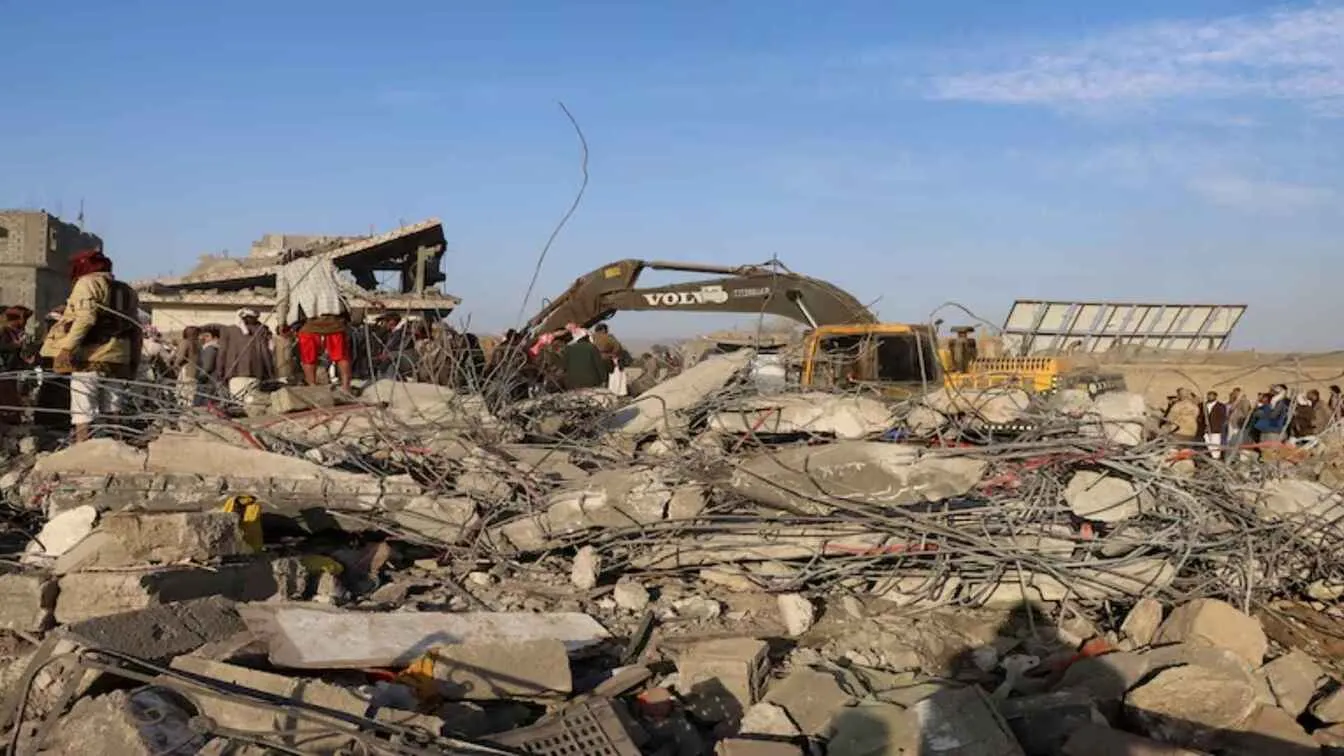A super typhoon named Man-Yi, or Pepito as it is locally known, yesterday made landfall in the Philippines as its sixth major storm to hit the country in just one month. The storm made landfall at 21:40 local time, (13:40 GMT) along the coast of the island of eastern Catanduanes, packing sustained winds up to 195 km/h or 121 mph. Because of the storm, an unprecedented level of widespread alarm is accompanied by significant destruction, and urgent evacuation efforts are now underway.
Conditions Expected to Be Life-Threatening
The country’s weather agency forecast that Man-Yi could bring severe winds, heavy rain, and a storm surge that is life-threatening. But before its arrival, tens of thousands of people were evacuated. To date, at least 160 people have died in the previous storms that hit the Philippines this month, making this intensify fears for those in the path of the current disaster.
Heavy Rain and Flooding Warnings
BBC Weather says that Man-Yi will be bringing heavy rain all over the Philippines, with flood and mudslide warnings at very high levels for the northern parts. More than 300mm of rainfall is expected to fall on Saturday and Sunday. With the top winds reaching up to 270 kilometers per hour (168 mph), waves can pound the shores as high as 15 meters (49 feet) along the eastern coast.
Typhoon Track and Manila Forecast
While Man-Yi is expected to recurve north, the capital, Manila, may escape the worst of the typhoon’s winds. However, the storm is still going to make landfall over the island of Luzon—the largest and most populous island in the Philippines—before it moves off into waters east of this island by Monday.
The evacuations have already begun and are already displacing hundreds of thousands.
Before the typhoon hit, government agencies reported that more than 400,000 evacuated in advance of the storms. Civil defense chief Ariel Nepomuceno told the public that residents in landslide-prone areas are particularly at risk since the ground has been saturated by previous storms. “It is more dangerous now for those in landslide-prone areas because the ground has been saturated by the consecutive typhoons,” Nepomuceno said.
Among the evacuees are Glenda Llamas, who spoke to AFP from a shelter in Albay province: “We are afraid of the typhoon, that it may get stronger and the waters may flood, If we didn’t leave we won’t be able to leave later too as we don’t have anybody else with us inside the house,” said Llamas.
Similarly, Melchor Bilay, one of the evacuees, while conveying the same fears in Sorsogon province, said from a shelter: “We already have a lot of phobia due to previous calamities that happened here like floods, strong winds, and other disasters.”
Atypical Typhoon Activity This Month
Super Typhoon Trami has been hammering the Philippines for the past few weeks, a rare occurrence for that country of typhoons. Late last month, a tropical storm dumped one month’s rainfall on much of northern Philippines with dozens of fatalities. Now, Typhoon Kong-rey, which reportedly killed at least three people and caused quite extensive damage in Taiwan.
Earlier in November, Typhoon Yinxing rendered the northern Philippines and parts of Luzon under heavy rain and flooding. After some time, Typhoon Toraji was followed by Typhoon Usagi, which brought a three-meter storm surge with torrential rains that brought over 200mm (8 inches) in some places.
Escalation Level of Tropical Cyclones
According to the Intergovernmental Panel on Climate Change, a body founded by the United Nations, global warming is not expected to increase the total number of tropical cyclones globally; instead, it may bring with it a trend of storm intensification. Such storms would likely have higher rainfall rates and stronger winds, meaning more storms would attain the highest categories, as in the case of Super Typhoon Man-Yi.
ALSO READ: Zelenskyy Aims For Diplomatic Resolution To Conflict By 2025























